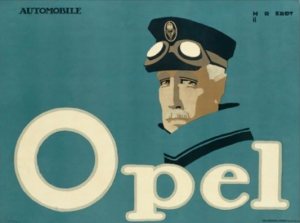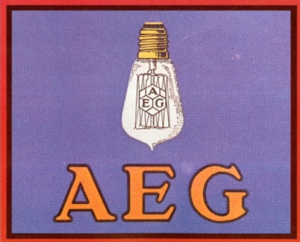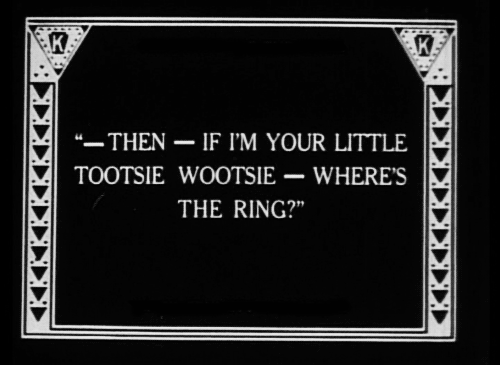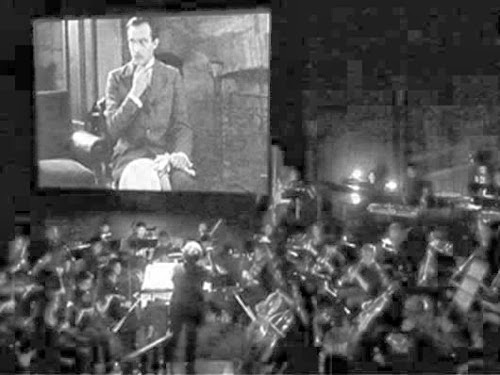The SILENT!! Film
1905-1915

Hans Rudi Erdt poster, 1911

Hans Rudi Erdt poster, 1911
Lecture Summary
This week, we took a look into new approaches to art and design. One of the leading sayings of the time which influenced a lot of designs was “form follows function,” the idea of focusing on the function of a product before delving into how the product could look. This is approach is still used in design today as it supports the idea of “good design.” What left a great impression on me from this time period were the poster designs. The combination of bright solid colours and negative space in the minimalistic compositions make for such impactful pieces. We also were brought to the world of branding and identity through logos and consistent design.


AEG Logo Created by Pete Behrens
Silent Films
The entertainment culture of this time period included the world of silent films. Famous comedic actors and directors such as Charlie Chapman and Buster Keaton were masters of the art and drove their audiences through a journey. In contrast the the films of today–clean cut edits and perfected shots and angles– against the silent films of the 1900’s, it is easy to think of these silent films as dull and boring. The reason for this is firstly, because of the idea of these films being called SILENT, and secondly, the absence of colour in the films. However, the factors of having no dialogue and no colour in the production of films have put directors and producers in a position of pushing their creativity. Filmmakers were greatly challenged and had to find ways to capture the attention of a vast audience fo a lengthy period of time.

Buster Keaton gag
One of the ways that this was achieved was through the big picture, the screen. It may seem obvious to anyone that this is to be stated, however, the absence of verbal dialogue, and advanced cuts and edits would have been great challenge. One of the techniques used to fill this void was through visual communication with the use of title cards. Title cards were brief graphics of text, displaying either an explanation of a scene or a punchline to support the storyline. The average number of title cards used in a silent film was around 250 cards. However, famous director and actor of the time, Buster Keaton, had lessened the average use of title cards in his own films to around 50. How was this possible, and how was he able to communicate the story of his films effectively? Well, Buster Keaton was well known for his ability to truly represent emotion and feeling through his facial expressions, body language and gestures. This was an essential trait to silent films. Exaggerated actions and situations brought life to a silent film. A character silently making his way across the room of a sleeping beast would be portrayed by him almost hopping across on his toes to make the action and intention clear to the viewers.

Example of a title card, supporting the story line of a film
In contrast to the visual communication of an actors expressions and gestures, and the use of title cards, silent films are normally accompanied by the sound of music. Initially, there was no effort in matching instrumentals to the projected image and it was mainly used to drown out the sounds of loud audiences and the rolling projector. Overtime, live music had become a vital function to silent films. Films were usually accompanied by a pianist, sometimes by small to large scale orchestras. This helped silent films by the art of music’s ability to manipulate the viewer’s experience. A comedic scene would have been accompanied by a wacky tune, versus a romantic scene filled with light airy music. Actions were captured with the sounds of instruments. A comedic fall from a building into a car would’ve been expressed by the heavy pound of a bass drum or the crash of a symbol. With the element of live music playing as a key role in silent film, going to a silent film also meant that you were going to a live concert. The idea of when and how the orchestra would hit their cues drove suspense across the audience. It was a harmony of sound and picture made for middle and upper classes to enjoy at a night out.

Live Pianist to accompany silent film

Live Orchestra
SOURCES
https://en.wikipedia.org/wiki/Silent_film
https://www.filmsite.org/silentfilms.html